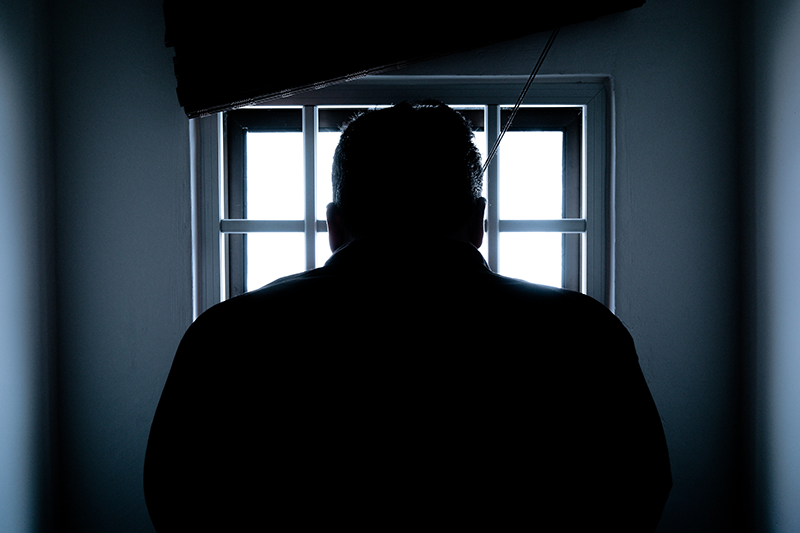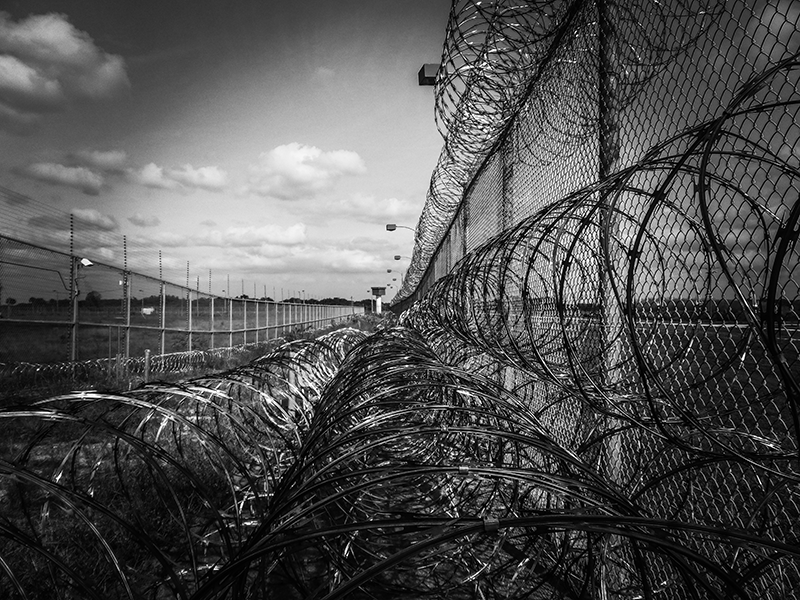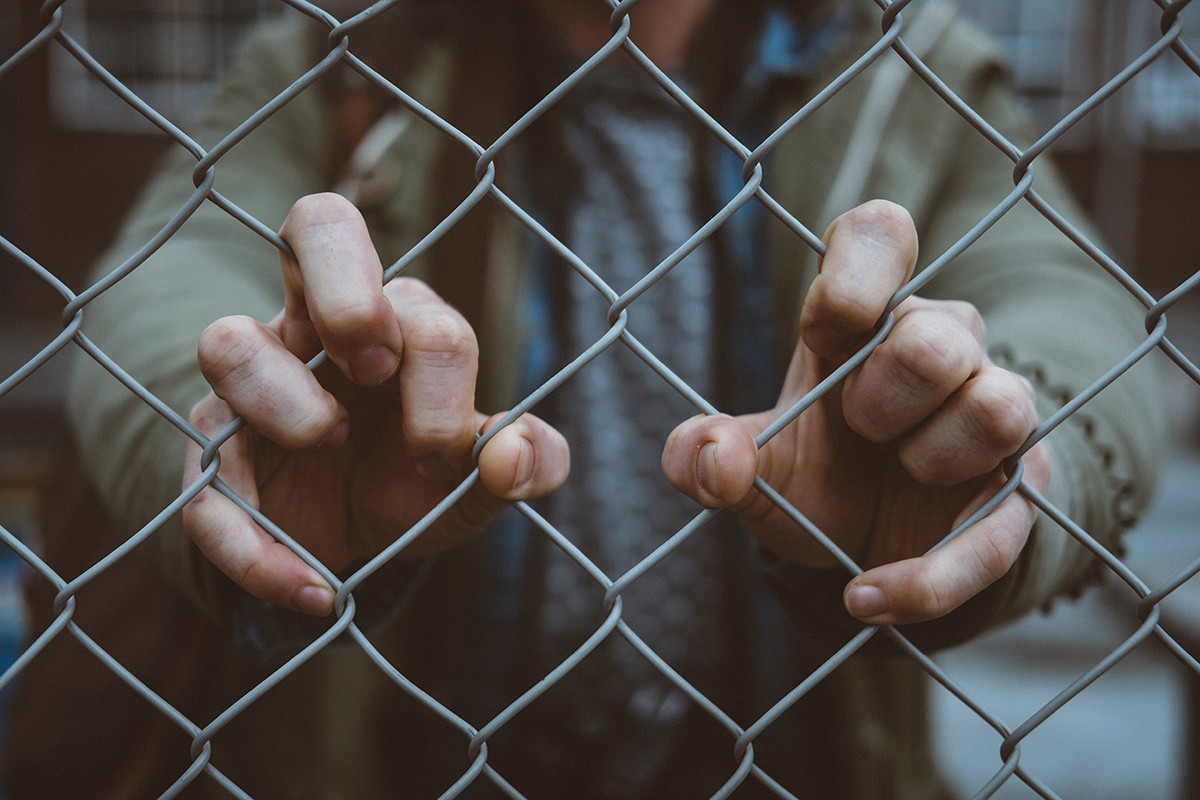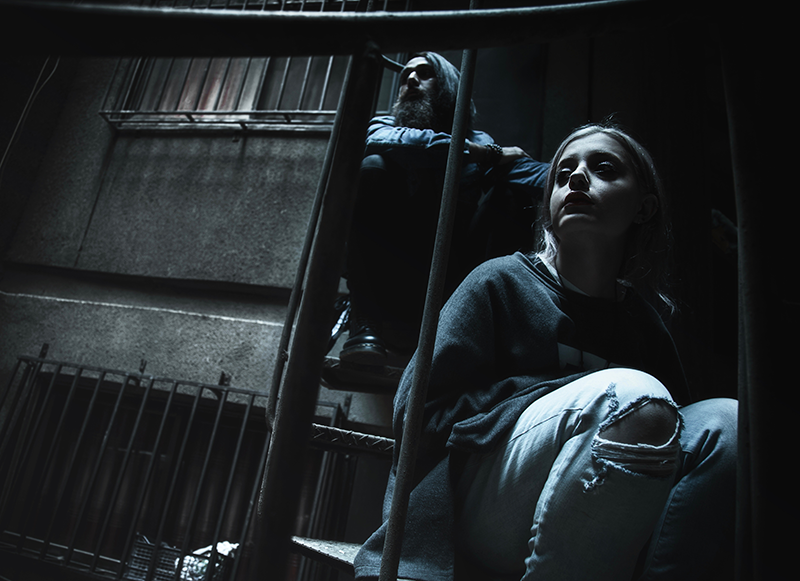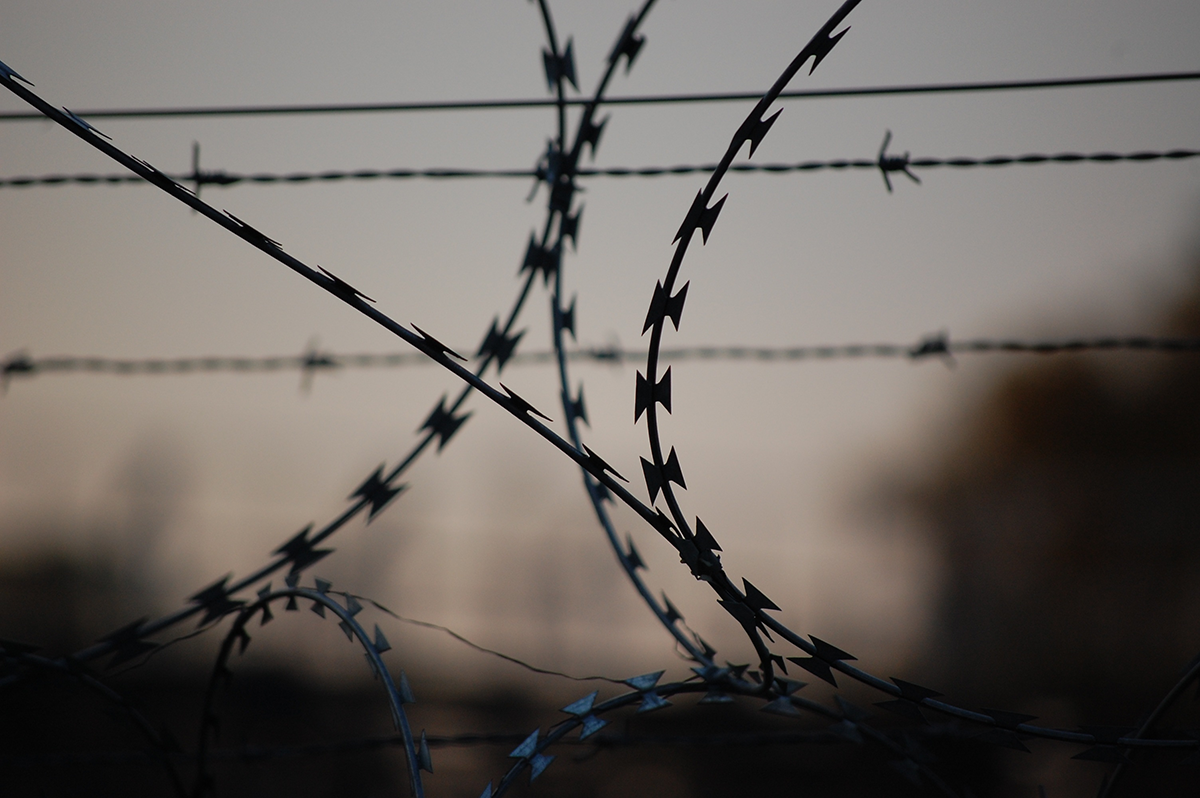Our Misguided Assumptions About Crime and Punishment
The criminal justice system is perhaps the greatest U.S. policy failure.
The United States has created the largest, and arguably the most punitive criminal justice system in the world, based on the simple premise that crime is largely a matter of poor decision-making. What would compel someone to deal drugs on a street corner, rob a grocery store, or steal a car? Our answers have been reflexive and nearly universal—a bad decision or poor judgment. And the remedy has been nearly as reflexive and universal. How best to get someone to make better decisions in the future than to punish their bad behavior? What is needed, so it seems is a “wake-up call” or a way to get offenders to think about their behavior and exercise better judgment.
By William R. Kelly Ph.D., 11 Sep 2018, Pyschology Today [Original Article]
This logic has served as the foundation of American criminal justice policy for the past 50 years. It is what has driven the expansion of incarceration, the proliferation of mandatory sentences, and limits on early parole release from prison. The mantra has been more punishment for more people.
I would suggest that a couple of key elements have played important roles in getting us where we are today. First, the idea that crime is bad decision-making is logical, intuitive, and rings true. From the public’s distant vantage point, this explanation makes sense. It also seems to make sense to key players in the administration of criminal justice, primarily prosecutors and judges, whose decisions reflect the logic of crime as poor judgment and punishment as the means to change offenders’ thinking. After all, prosecutors and judges are lawyers, not psychologists, psychiatrists, or sociologists. They are not trained to think about human behavior beyond what they understand, which is often black and white such as that bad behavior deserves and needs punishment.
So, how well have we been served by the assumption that crime is a matter of poor decision-making and that the appropriate remedy is punishment? The answer, unfortunately, is not well at all, despite the efforts of countless elected officials to tell us otherwise. Nearly all (85 percent) of those released from prison will be rearrested. It is actually higher than that since this only counts those who have been caught. For those concerned with cost, the news is not good either. We have spent $1 trillion dollars on being tough on crime and $1 trillion fighting a war on drugs. Recent efforts to monetize the broader social and economic impact of crime and criminal justice put the price tag at $1 trillion annually.
It is important to appreciate that this tough on crime initiative was widely embraced. All 50 states, the federal system, and the 3,142 counties where criminal justice is actually administered day-to-day have participated in the tough on crime agenda. So, how could we be so wrong? How could we fail so miserably and still continue down that same path?
I suggest that the sources of this failure are the assumptions we have about crime and criminality on the one hand, and punishment as the go to solution on the other. What we miss here are some hard facts about criminal offenders. Eighty percent of those in the American criminal justice system have a substance use disorder. Nearly 60 percent have a mental health problem. About 60 percent of prison inmates and 50 percent of probationers have had at least one traumatic brain injury. Then there is the issue of comorbidity, which is all too common among this population. The majority of criminal offenders come from poverty and disadvantage, commonly resulting in educational deficits, employment problems, homelessness and a variety of other circumstances.
What is it about being in prison that eliminates addiction to cocaine or mitigates a mental illness or improves executive dysfunction among those with cognitive impairment? The answer is obvious.
This is not a plea to feel sorry for criminal offenders. This is not “get out of jail free.” This is a matter of getting smart about crime and criminality and effectively reducing crime and recidivism. Much of crime spills over into the arena of public health. Using our jails and prisons as repositories for the mentally ill and those with significant cognitive dysfunction aggravates already serious psychiatric and neurocognitive conditions. We should be stunned that the Cook County (Chicago) jail is the largest mental health facility in Illinois, as is the Los Angeles County Jail in California, and many others across the nation.
The Trump administration, in particular the Sessions’ Justice Department, is trying to punish its way out of a drug problem. Sessions has ordered United States Attorneys to charge the maximum offense in drug cases, has rescinded the Obama Administration policy of not federally prosecuting marijuana cases in states where possession is legal, and has indicated that they will crack down on safe injection sites where addicts can inject drugs while under medical supervision.
William R. Kelly, Ph.D., is a Professor of Sociology and Director of the Center for Criminology and Criminal Justice Research at the University of Texas at Austin.
Travis Hiland, ReFraming Justice


